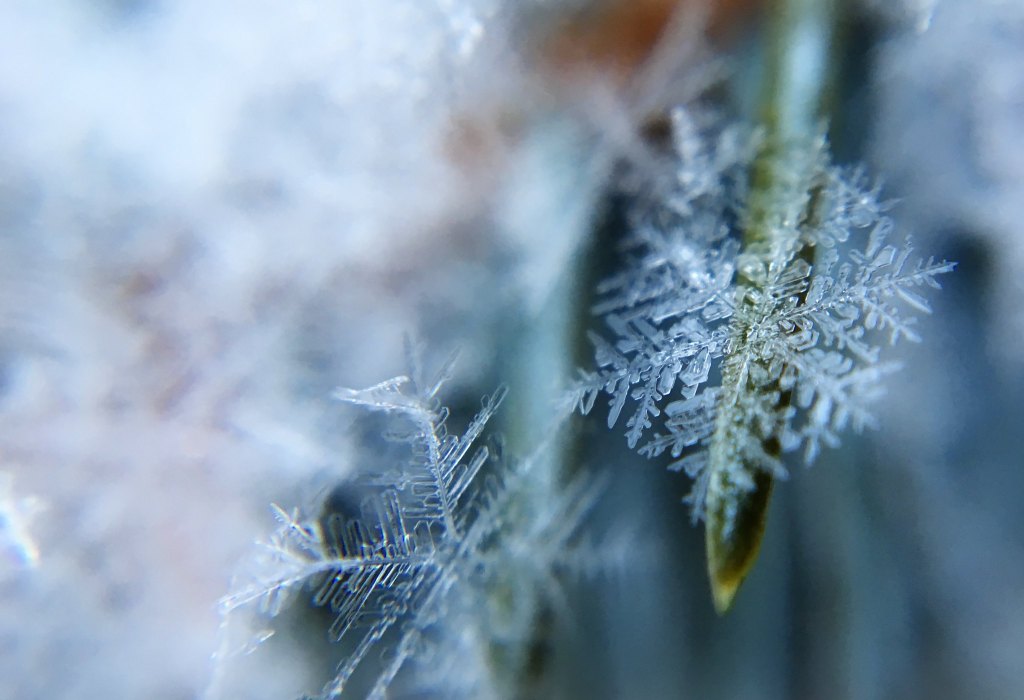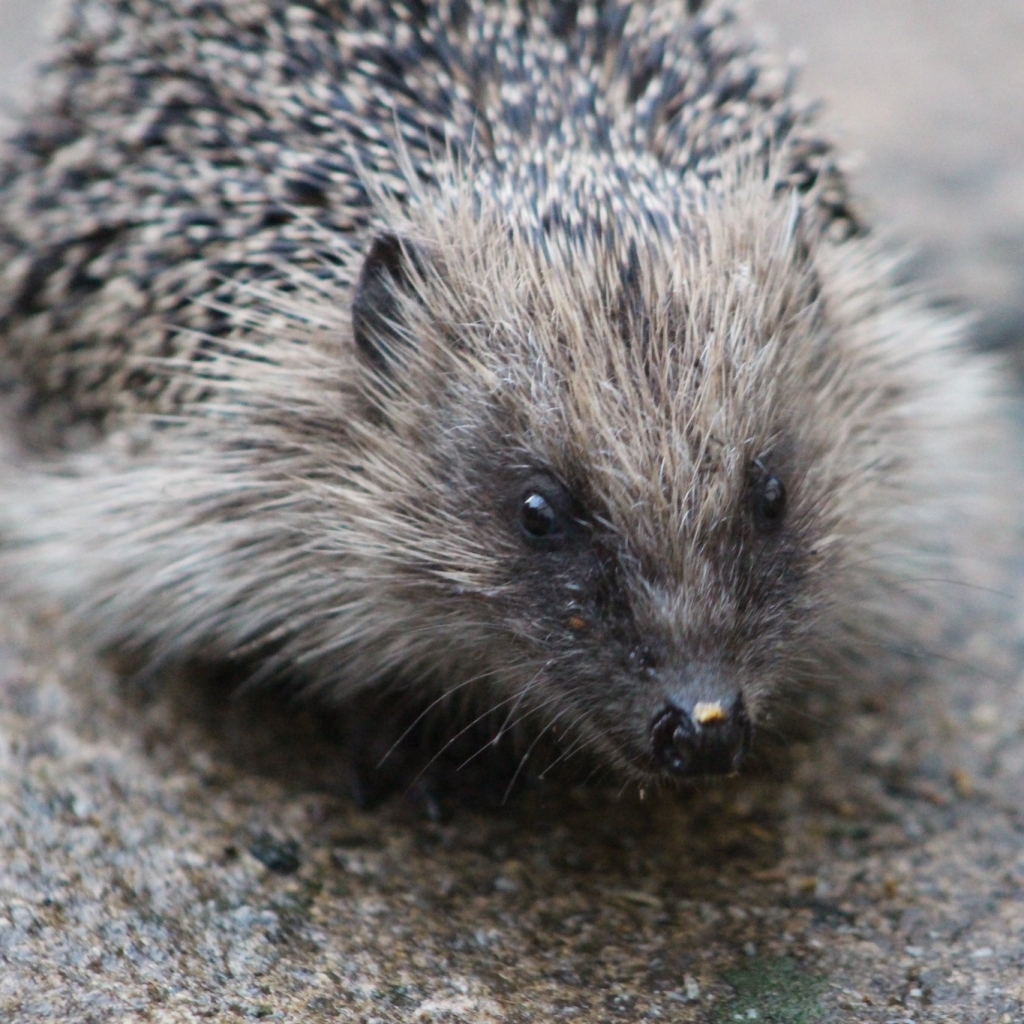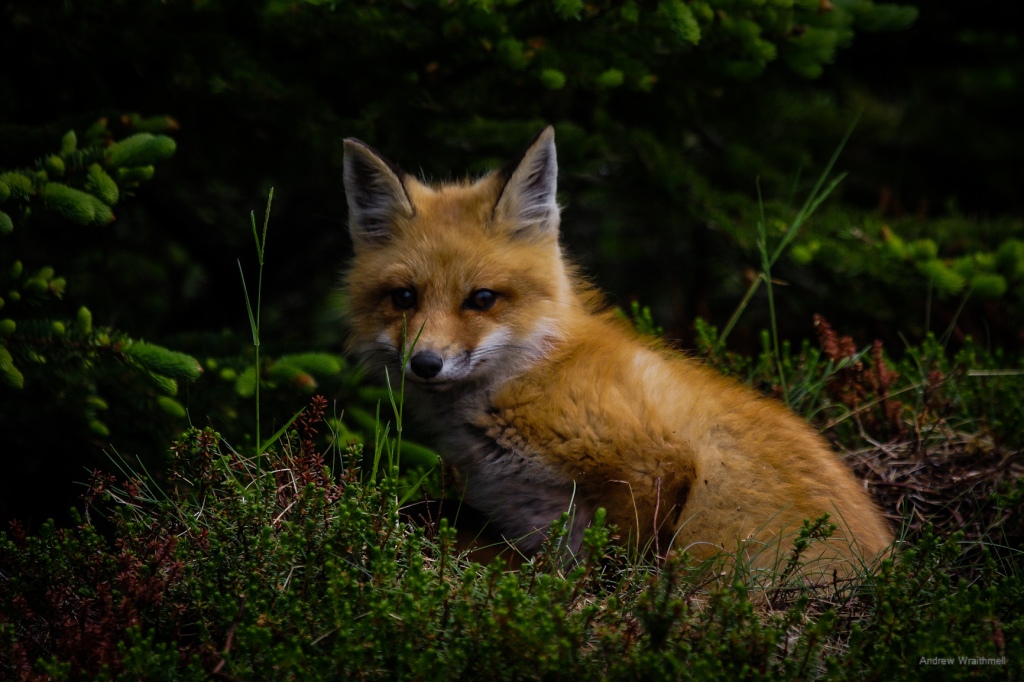
Look out of your window and you are probably seeing some big changes happening in the natural world outside. It is getting dark in the early evening. The leaves on the trees are changing colour from green to orange and yellow then falling to the ground. You might have spotted bunches of berries, or conkers and other nuts. And the temperature is dropping too. It’s autumn, and our wildlife is getting prepared for winter. In this Nature Classroom we are going to explore the changing seasons – why we have seasons and how they affect the animals and plants that live here.
These activities support learning in the following areas:

Observe changes across the four seasons
Observe and describe weather associated with the season and how day length varies
Describe the movement of the Earth relative to the Sun in the solar system
Use the idea of the Earths rotation to expain day and night
Identify tht most living things live in habitats to which they are suited and describe how different habitats provide for the basic needs of different kinds of animals and plants, and how they depend on each other
Identify how animals and plants are adapted to suit their environment in different ways and that adaptation may lead to evolution
Why do we get the seasons?

Task: Recreate the seasons at home

For this activity you will need:
a lamp or torch – to represent the Sun
a ball – to represent the Earth
and some stickers or sticky notes.
The Earth spins around an axis – an imaginary line that runs from the North Pole to the South Pole. One complete rotation (or spin) is one day.

Use a sticker to mark a north pole on your ball. Then imagine a straight line running through the middle of your ball and put another sticker on the opposite side – this will be the south pole. Add a third sticker roughly where the UK is – so in the top half of the the ball, about a third of the way down from the north pole.

Switch on your lamp. Hold your ball with one fingertip on the north pole at the top and one on the south pole at the bottom. Now spin the ball around slowly. Can you see the UK moving around into daylight, then away from the sun into night?

Now, the axis of the Earth is not vertical (pointing straight up) like this. Instead it tilts by about 23.5 degrees. Try holding your ball with the axis tilted (so the south pole is not directly underneath the north pole). Try spinning it again. What is it like for the light falling on the UK?

The Earth does not stay in one spot. Instead it orbits the Sun. One complete circle around the Sun is a year. Try walking your ball around your lamp, keeping the angle and direction of the axis the same. Can you see that for half of the year the south pole is facing the sun and the north pole facing away from the sun and is in shadow? And the other half of the year the north pole faces the sun and the south pole faces away?
Now take a look at the UK as you take the Earth on a trip around the Sun, turning it around its axis as you go. When the north pole is facing towards the sun, the UK is in sunshine for more of the day, and is closer to the sun than when the south pole is facing the sun. This is what causes the seasons we see here. In summer, we have more hours of daylight and the sun’s rays are stronger, meaning the temperature is warmer. In winter we have less daylight, and the sun’s rays we do get are weaker, so it is colder. The spring and autumn are the times between these extremes.
Question – do you know of anywhere that doesn’t have seasons?

The equator is the imaginary line running around the middle of the Earth like a belt. Take a look at this as you move the Earth around the Sun. On the equator you don’t get the changes in day length, and it is this part of the Earth where we get our tropical rainforests. The further away you go from the equator, the stronger the seasons (the bigger the difference between the summer and winter day length).
What’s so tricky about winter?
So the temperature and amount of dalylight is changing – why does that affect wildlife? When the temperature gets below 0oC, water freezes. As plants and animals contain lots of water, this can be a real problem.

Experiment: What happens to a cell when the water inside freezes?
Take a yoghurt pot or other small container and fill it about 2/3 full with water. Mark where the water reaches (with this yoghurt pot it is possible to see through to the water level, so we marked it on the outside). Put it in the freezer and wait for it to have frozen solid – this will take a few hours. Now take a look at the level of the ice – does it reach above or below the line you marked?

The bonds that are formed between water molecules when it makes a solid (ice) make it take up more space. Image now that the yoghurt pot is a cell completely filled with water. If the water freezes, the walls of the cell will burst. Animals have a number of different ways to keep their cells from freezing, from icefish with antifreeze in their blood, to the amazing adaptations of the wood frog of North America that freezes over winter without the fluids inside its cells freezing. Find out more on the National Wildlife Federation website.
You can find more activities and experiments about keeping warm in our Nature Classroom on Life in the Cold.
Colour Change

Task: How many colours can you find this autumn?
Next time you are out on a walk this autumn, take a look at the trees. How many colours can you see in their leaves? Perhaps keep a tree diary – keeping track of when the colours change and the leaves drop. And remember, not all trees lose their leaves. Most conifers (trees with needles) keep theirs.

Why do leaves change colour? Leaves contain many pigments, perhaps the most famous being chlorophyll. This gives leaves their green colour. It is also the best known photosynthetic pigment – that means it is important in the way that plants use the energy from sunshine to turn carbon dioxide and water into sugars. In the autumn, when there is less light to use in photosynthesis, the cholorophyll is broken down, revealing the other colours in the leaves – yellows, ambers, reds. At the same time, at the stem of the leaf, a layer of cells develops that gradually cuts the leaf off from the rest of the plant, and eventually the leaves fall. By losing their leaves, deciduous trees are able to keep moisture more easily in their stems and trunks, and are less likely to suffer from damage from high winds in the winter. The Woodland Trust has an excellent post about leaves changing colour in autumn.
Animals changing colour
There are animals that change colour in winter, but for different reasons. In places where the landscape can be covered in snow, some species will change to a white coat to better hide in their habitats. Here are a few examples:

Mountain Hare (image credit: Andrew CC BY 2.0) 
Mountain Hare with white fur for winter (image credit John Johnston CC BY-SA 2.0) 
Stoat 
Stoat with white fur for winter 
Ptarmigan (image credit Florin Chelaru CC BY-SA 2.0) 
Ptarmigan with winter plumage (image creidt: Chris Fournier CC BY-SA 2.0)
Hibernation
Some animals preserve their energy over the winter by hibernating. Hibernating mammals let their body temperature drop, and can live in this state without having to forage for food, surviving instead on reserved of fat they have created through feeding heavily through the summer.

Task: Hibernate or not – take our quiz!
Which of these British mammals hibernates, and which doesn’t?

Hedgehog
(image credit: Mathew Lowe)
Grey Squirrel 
Pipistrelle Bat
(image credit John Purvis CC BY-NC SA 2.0)
Dormouse
(image credit Malte Timpte CC BY-NC 2.0)
Red Fox 
Badger
Download the Hibernate or not puzzle sheet for the answers and more information about these animals:
And learn how to support the hedgehogs in your garden with our Become a Helpful Hedgehog Hero post.


One thought on “The Changing Seasons”